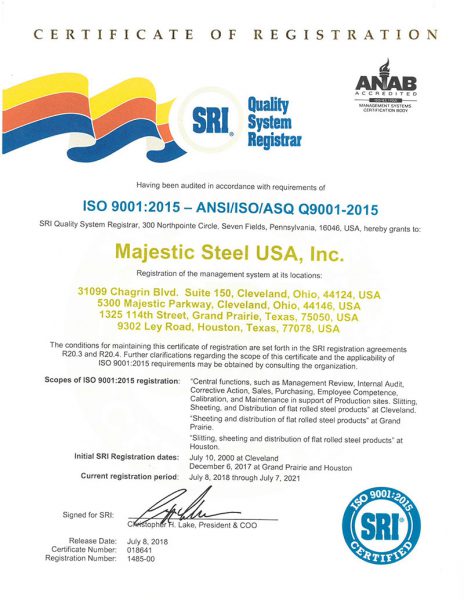
Core Report | November 21, 2025
August total construction spending came in at a $2.169 trillion rate, the third consecutive monthly increase. While total spending was up 0.2% compared to July, spending was down 1.6% compared to last August. Spending has now declined on a year-over-year basis for seven consecutive months.
